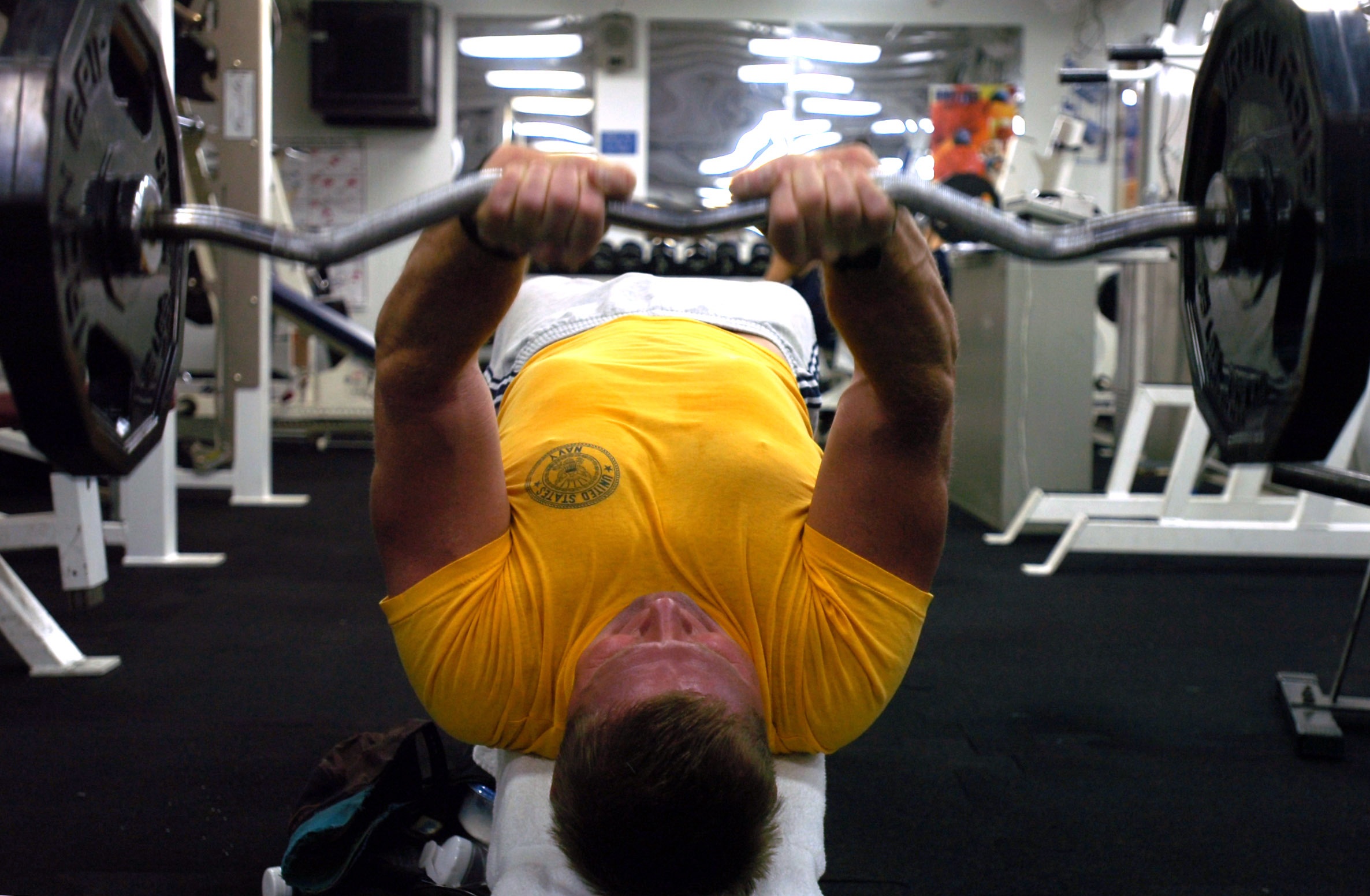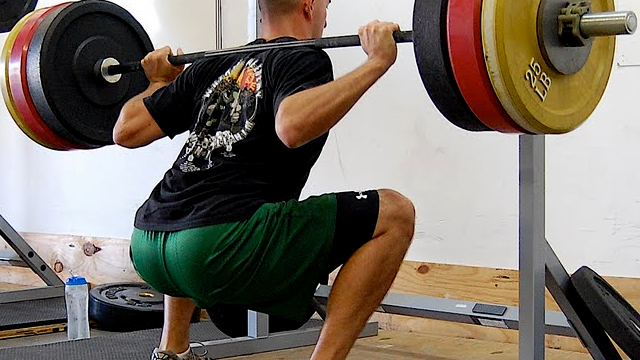Supersets have been around bodybuilding circles for a long time. Basically, supersets involve pairing two exercises and performing sets of them in an alternating fashion with little rest between them. For example, push-ups and bench press. Perform a set of push-ups then a set of bench press, continue alternating.
It can be done with similar muscle groups (the example above) or with opposing muscle groups. In that circumstance, one might superset dips and pull-ups.
The benefit of supersets is that it allows more work to be done in a shorter period of time. This is beneficial during the season when there is limited training time available. Now, a drawback of supersets (in theory) is that they may be extremely fatiguing and this may limit the effectiveness of the exercise by reducing the load too much.
Paz et al studied this in the Journal of Strength and Conditioning Research. This study was designed to examine the EMG differences of a traditional exercise sequence (i.e. bench press followed by seated rows) compared to a superset of opposing muscle groups (i.e. superset bench press and seated rows). For this study, the authors recruited fifteen college-aged men with (on average) a little over three years of recreational weight training experience. Subjects were studied over four sessions. The first two sessions involved ten-repetition maximum (10-RM) tests for the bench press and the seated row. The third and fourth sessions involved performing either three sets each in a traditional sequence of three sets in the superset sequence. In each of the training sessions, the subjects did three sets to failure at the 10-RM load for the bench press and the seated row.
The authors studied the volume load (kilograms lifted x number of repetitions) for each exercise and each set as well as looking at EMG activity for the biceps brachii, pectoralis major, latissimus dorsi, and the triceps brachii.
Results:
- For the traditional sequence, there was an almost 25% reduction in volume load from the first set of the bench press to the third. That reduction was around 20% for the superset group.
- For the traditional sequence, there was an almost 31% reduction in volume load from the first set to the third of the seated row. For the superset group that was around 34%.
- Volume load on the second and third sets were greater for the superset groups than the traditional sequence groups. On the second sets of the bench press the volume load was almost 8% greater for the superset group and almost 9% on the third set. On the second sets of the seated row the volume load was almost 23% greater with supersets and almost 21% greater on the third set with supersets.
A few interesting findings to discuss. First, fatigue (regardless of training approach) has an impact on the amount of weight done. Assuming that the subjects were truly training to failure on each set, you can see that the amount of repetitions that he subjects could perform with their 10-RM weight dropped on each subsequent set.
Second, the reductions are pretty comparable between the two groups. In other words, both training approaches were close to being equally fatiguing. This is important to know because an argument against using supersets is that it might be too fatiguing and negatively impact strength gains.
Third, the superset group actually had a higher volume load in the second and third sets. If we accept that exposure to a stimulus is important for making gains, this means that the superset approach allowed a greater exposure to the stimulus and (potentially) greater gains.
Now, it’s an acute training study. That means, it’s looking at the response to one session and not a long-term training study. So it is difficult to draw conclusions about a long-term program’s results. In addition, while the subjects are recreationally trained, they are not competitive athletes with a long training history so it is difficult to determine if athletes would benefit from this type of training.
Having said that, I think the study indicates that superset training should be considered at least during hypertrophy phases and certainly during the season when time available for training is limited.
Paz, G.A., Robbins, D.W., De Oliveira, C.G., Bottaro, M., and Miranda, H. (2017). Volume load and neuromuscular fatigue during an acute bout of agonist-antagonist paired-set vs. traditional-set training. Journal of Strength and Conditioning Research, 31(10), 2777-2784.



